We’re continuing our series of alphabet-based fruits that start with E.

Whilst there might not be many obvious fruits that come to mind when you think of this letter, you might be surprised by how many varieties and species of fruits there are out there for this letter…
1. Emblica
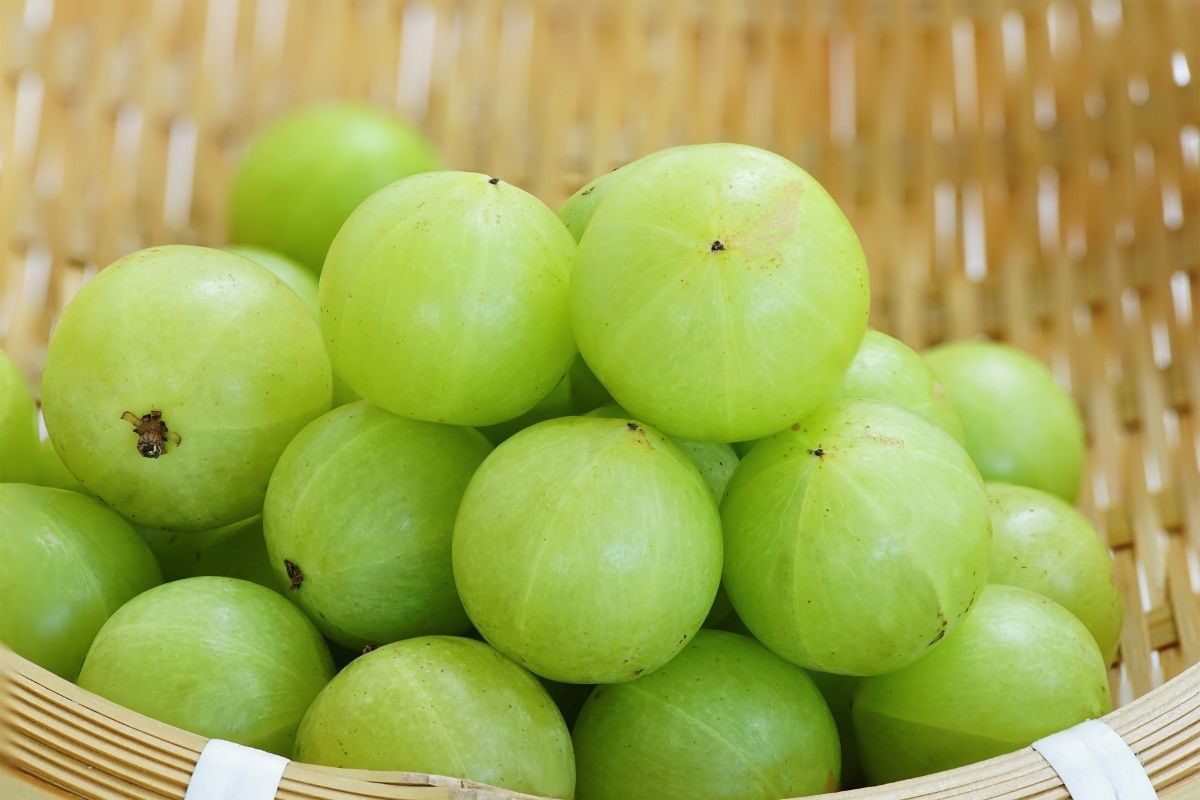
Sometimes referred to as Indian gooseberry, this small, round fruit belongs to the Phyllanthacaea family.
The tree that it grows on can get as tall as 26 feet under good growing conditions and produce some lovely greenish-yellow flowers.
The fruit itself is also a light green/yellow color and has vertical stripes running along its side.
They can end up being fairly difficult to harvest because they grow at the very tops of their trees but they provide plenty of vitamin C to those who eat them and are often used as anti-inflammatory medicines.
2. Emu Apple Fruit

As the name might suggest, this is a native fruit to Australia.
It’s very different from regular varieties of apples that you might find in a grocery store, turning a shade of bright purple when they become fully ripe.
The fruit is actually a berry, rather than an apple, and has a very sour flavor.
However, the uses for the emu apple fruit plant are not just limited to nutritional ones.
The sap from its tree can be collected by crushing up the bark. This sap can then be used for primitive construction and fishing purposes.
For example, applying the sap to a watering hole can raise the level of oxygen in the water, causing the fish under the surface to float, belly-up, making them easy to pick off and eat.
3. Elderberry
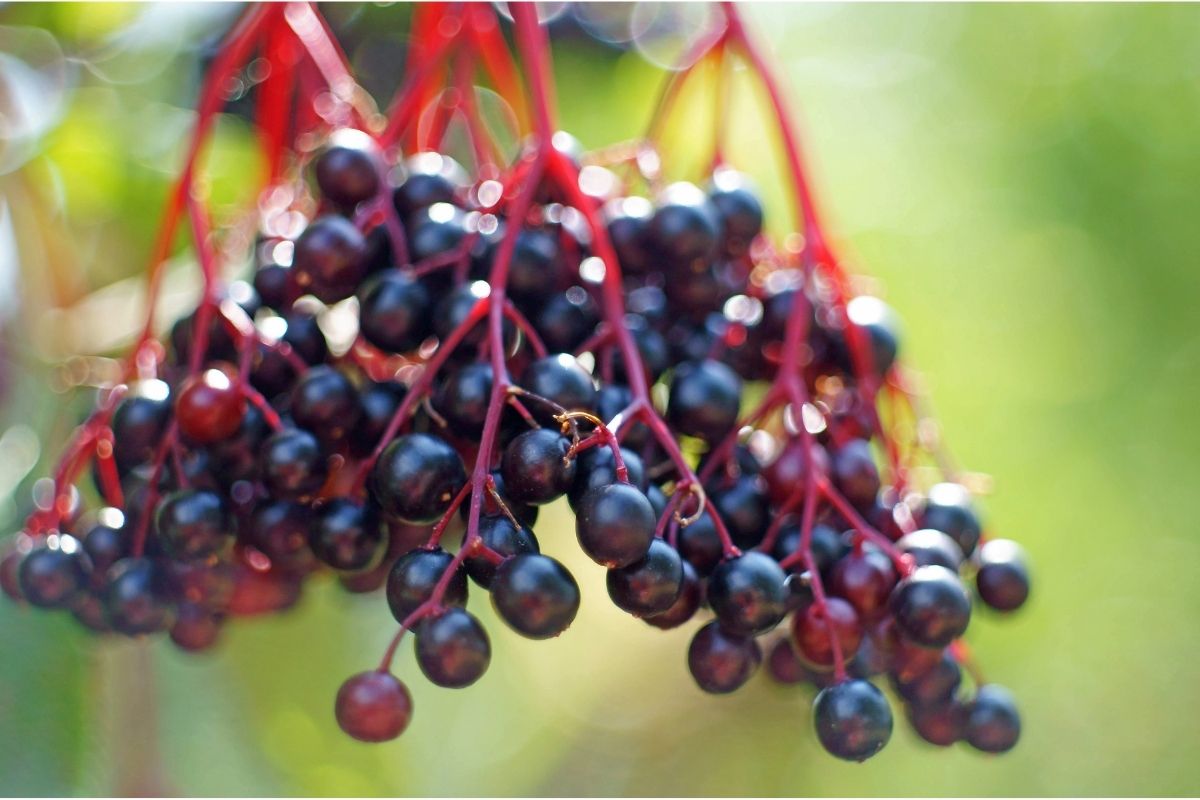
Perhaps the only common fruit that comes to mind when you think of the letter E, the elderberry actually has some great health benefits, despite its less than desirable taste.
They have been found to have immune system-boosting properties and can also be used to relieve people of mild illnesses such as flu and constipation.
However, despite these old-fashioned health beliefs about the fruit, no concrete evidence has been found to confirm their medicinal benefits.
Basically, they might make your cold feel a little better but you should still take the medicine your doctor gives you!
4. Etrog

A very interesting plant that most people in the United States won’t have heard of, the Etrog fruit is actually a staple of Jewish culture.
The fruit can be made into a thick jam or jelly and is used to celebrate the Jewish holiday, Sukkot.
On its own, etrog doesn’t taste great and often has quite a bitter flavor. For that reason, it’s most commonly turned into a jam, cooked, or sweetened in some way before consumption.
5. Entawak

Native to Malaysia, there’s also a good chance you’ve never come across this pumpkin-like fruit.
It might not look like a pumpkin from the outside, thanks to its prickly exterior, but the flesh and seeds inside are said to taste just like it.
These seeds are commonly roasted and covered in salt before being eaten, making them a delightful snack!
The only problem you might have with growing this fruit is harvesting it. The tree that it grows on can get up to 150 feet tall, making it pretty difficult to get up to the tasty treats at the top!
6. Early Gold Mango
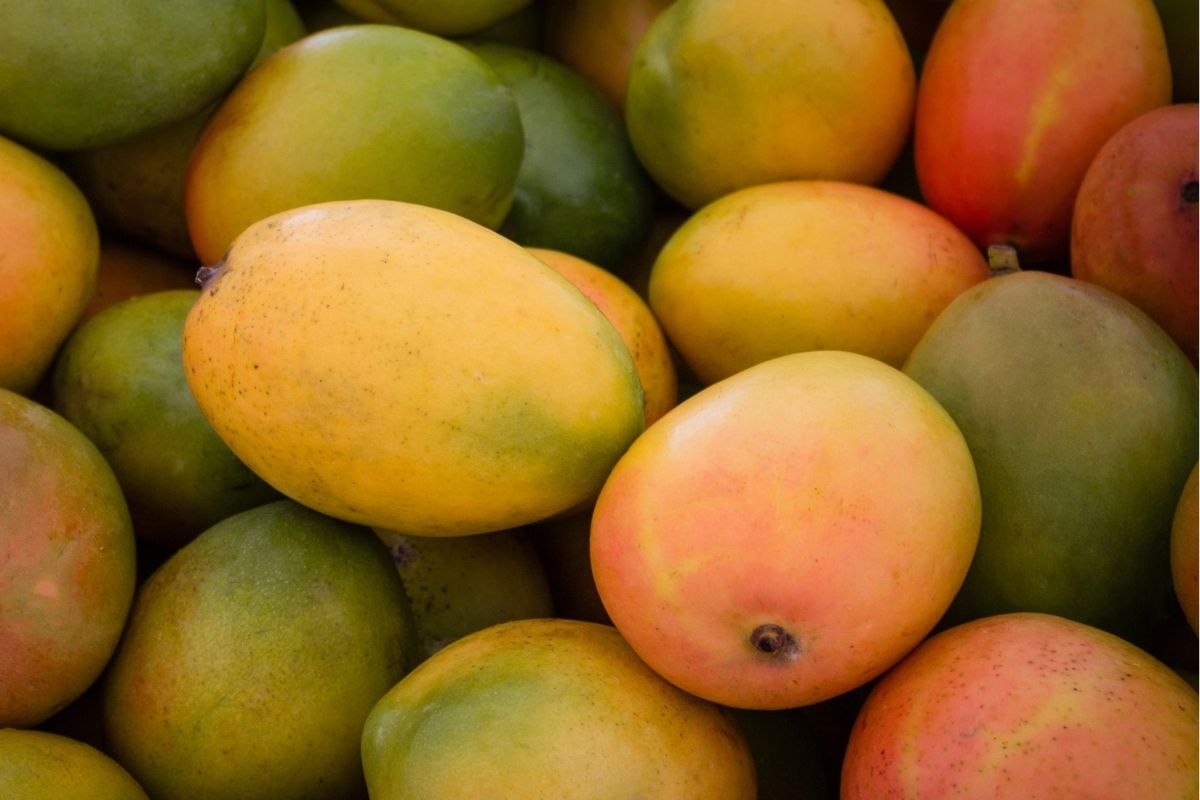
This fruit is actually a human-engineered mango that was intended to prolong the mango growing season in Florida and boost the harvest of mango farmers in the region.
This variety is commonly sold in grocery stores to this day, particularly around May/June in the US.
Other than its unique fruiting and harvesting season, the Early Gold Mango isn’t all that dissimilar from regular mangoes, making them a staple of most supermarket fruit sections.
The only difference that a keen eye might notice is that the Early Gold variety has a slightly lighter color but the taste is pretty much identical.
7. European Pear
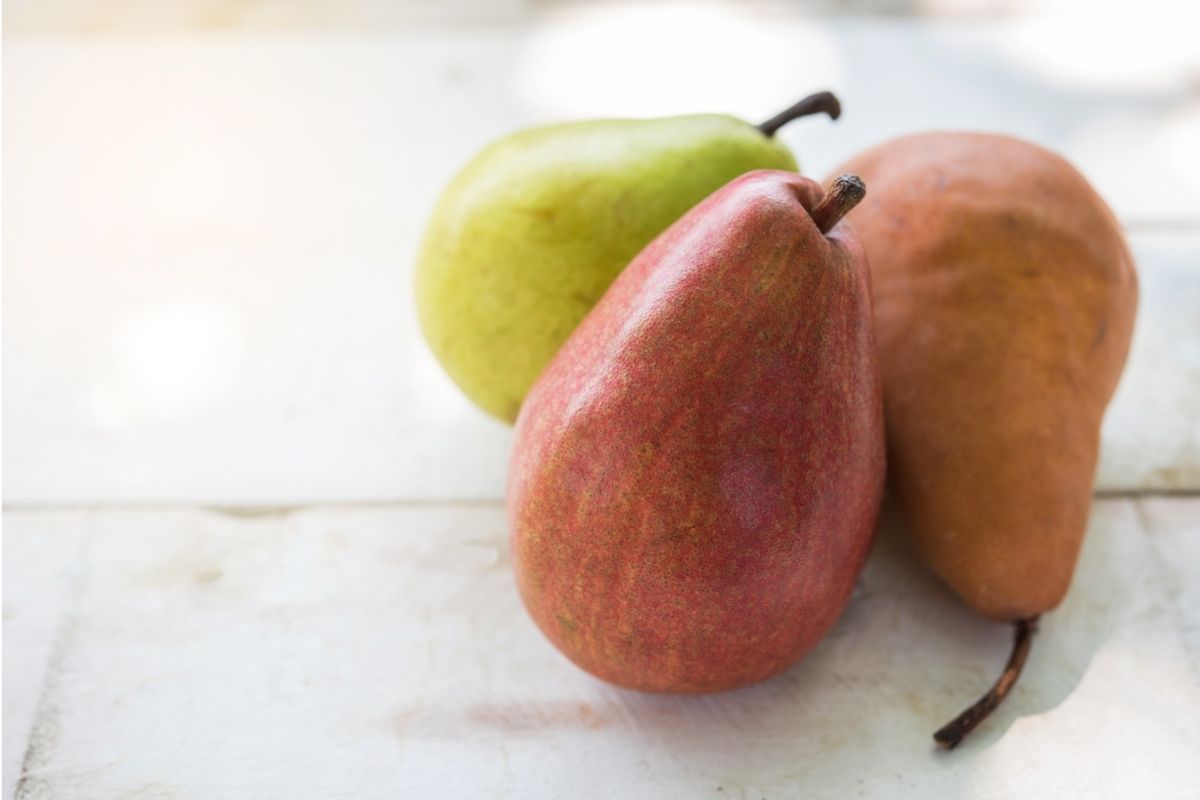
This is one of the most common and popular varieties of pear in the world. In fact, there’s a very good chance you’ve eaten one of these before if you’ve ever had a pear in the United States.
Whilst they are native mainly to central and Eastern Europe, you can also find them growing naturally in parts of West Asia.
Since their discovery, these pears have of course been cultivated all over the world and you’ll now find plenty of farms growing them from North America to Australia.
They’re pretty similar in appearance and flavor to a common apple but have a slightly softer, grittier texture.
8. Enterprise Apple
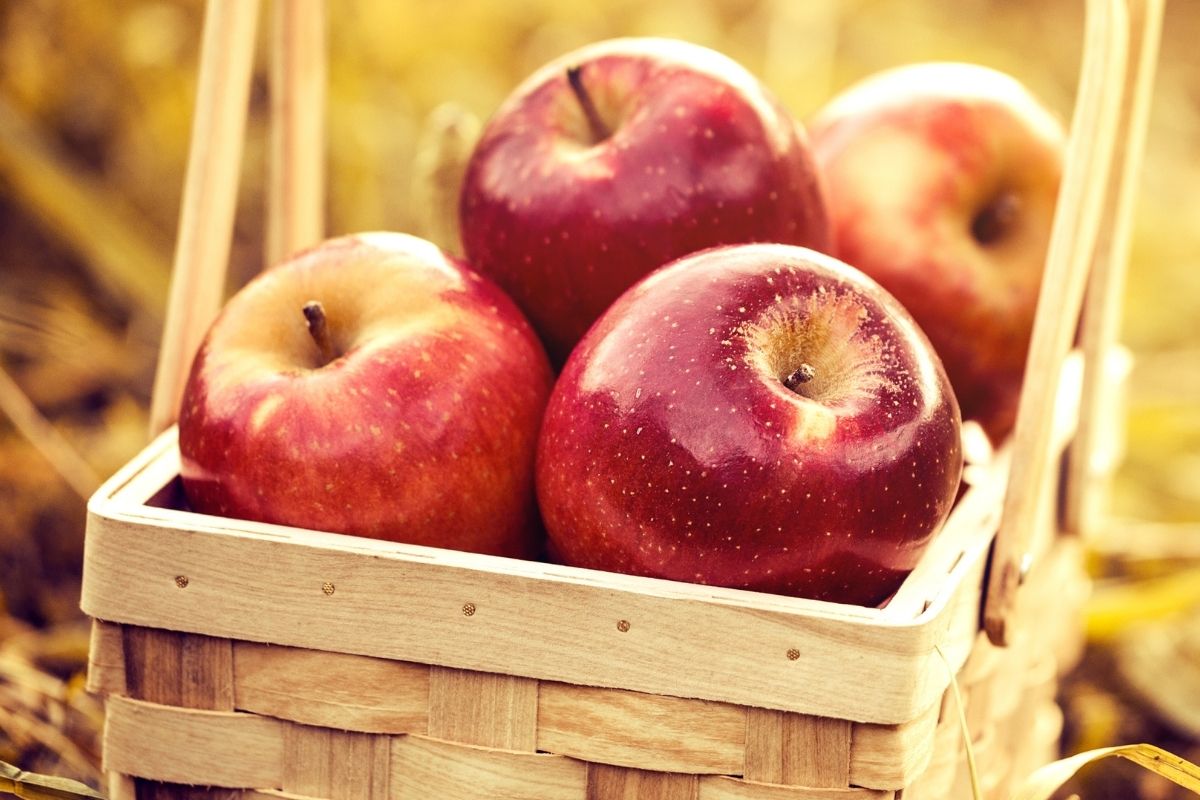
On the subject of apple-like fruits, the Enterprise Apple is the next on our list!
This particular variety of the well-known fruit is an incredibly bright red color and boasts a very strong, distinctive appley flavor.
It’s a fairly modern breed of apple which, just like the Early Gold Mango, has a different ripening season to most other types of apple.
It combines many of the good qualities of other apple breeds to make it fairly resistant to disease.
This makes it very easy to grow healthily to be eaten, favoring the average home gardener.
9. Evergreen Huckleberry
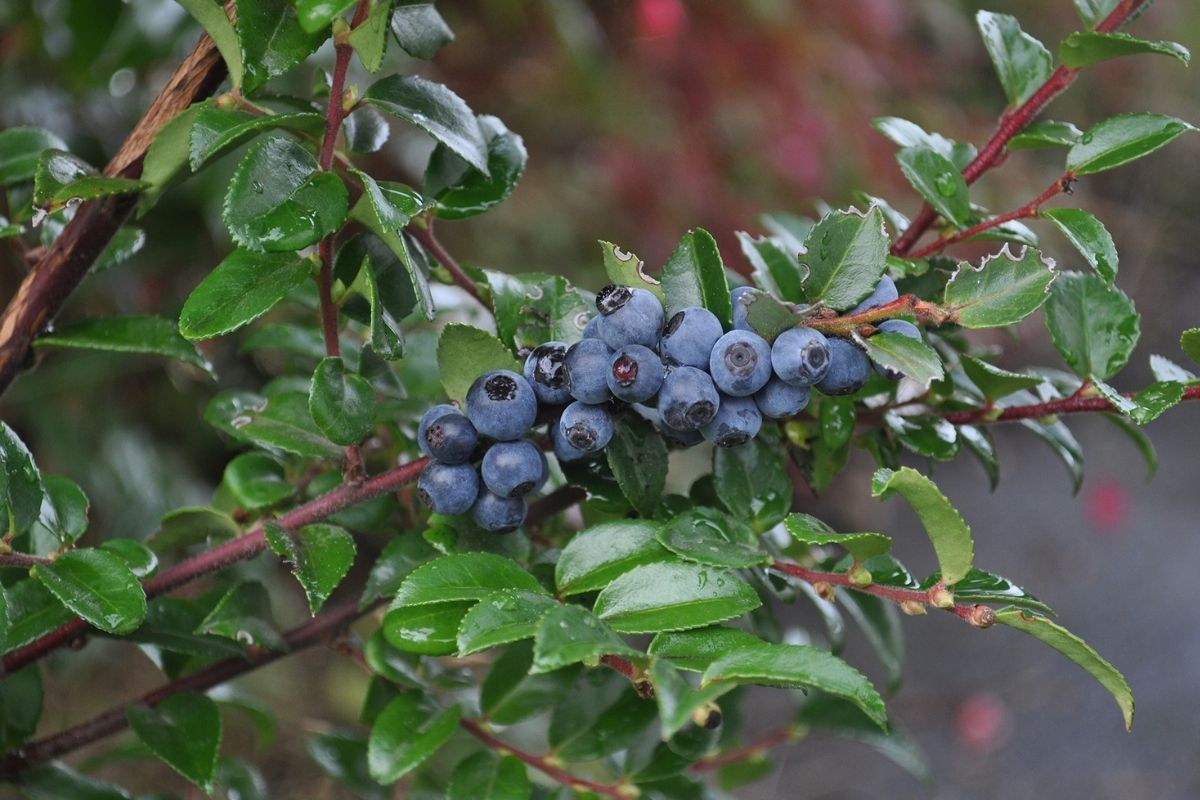
As well as having a delightful name, this fruit also has a very resilient growing pattern.
Being native to North America, it has to be able to endure some pretty varied weather conditions and will grow confidently in hot climates as well as cold ones.
It’s a small, blue berry (not to be confused with a blueberry!) that has a pretty mellow, sweet flavor.
You can just as easily include this in your fruit salads as you could make a pie or tart out of it. The possibilities are pretty much endless!
10. Egg Fruit

Indigenous to South America and some parts of North America, the egg fruit is a pretty commonly served food for Latin Americans.
It’s a bright yellow fruit with an almost pear-like shape, featuring a large brown stone at its center.
Interestingly, the egg fruit gets its name from its own texture, with many people having compared it to a boiled egg.
The density of its texture, combined with the egg-like consistency, means there isn’t much moisture in the fruit.
However, it doesn’t need to be cooked or sweetened and is happily eaten raw by many South Americans.
11. Eggplant
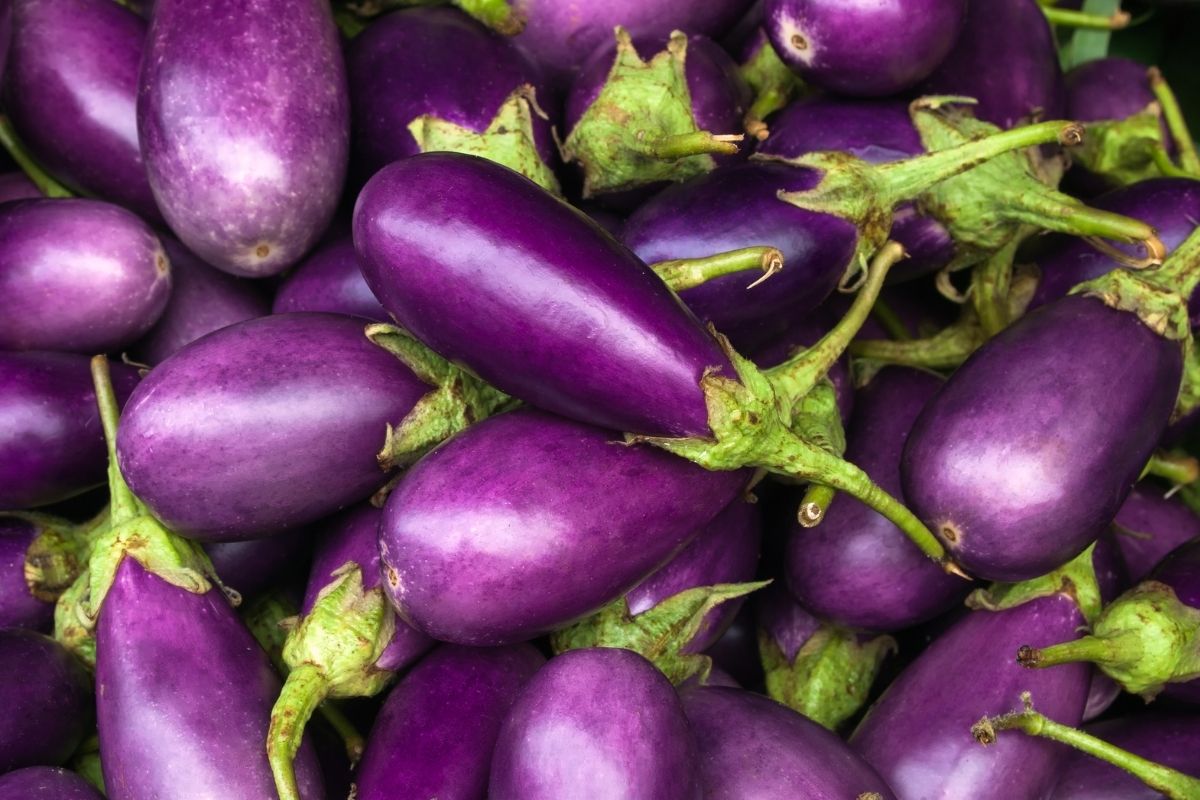
Don’t worry, we haven’t forgotten about one of the most well-known ‘E’ fruits out there!
The humble eggplant has a pretty muted flavor, making it a good backdrop in a dish for other flavors to shine through.
Unlike other fruits on our list, you’d most commonly serve eggplant in a savory dish rather than a sweet one.
Being very high in fiber compared to other fruits, it’s also a go-to ingredient for a lot of vegetarian cooks as a substitute for meat.
There’s a good chance you’ve had eggplant before but it’s definitely worth trying out if you haven’t.
RELATED: 17 Different Types Of Eggplant Plants (Including Photos)
12. Emu Berry Fruit

The second emu-based fruit on our list, this one differs from the apple fruit somewhat but is still native to many parts of Australia.
It’s not very commonly grown in Australia, mainly due to its unpredictable seasons and harvests.
This leads many farmers to give up on growing the berry altogether, favoring easier, more weather-resistant fruits.
Also, it is said to have a very bland flavor, making it pretty undesirable to the consumer as well.
Normally, we’d say that if you’ve never tried this fruit, you should check it out. However, in this case, you might just want to steer clear!
13. Eastern Hawthorn Fruit
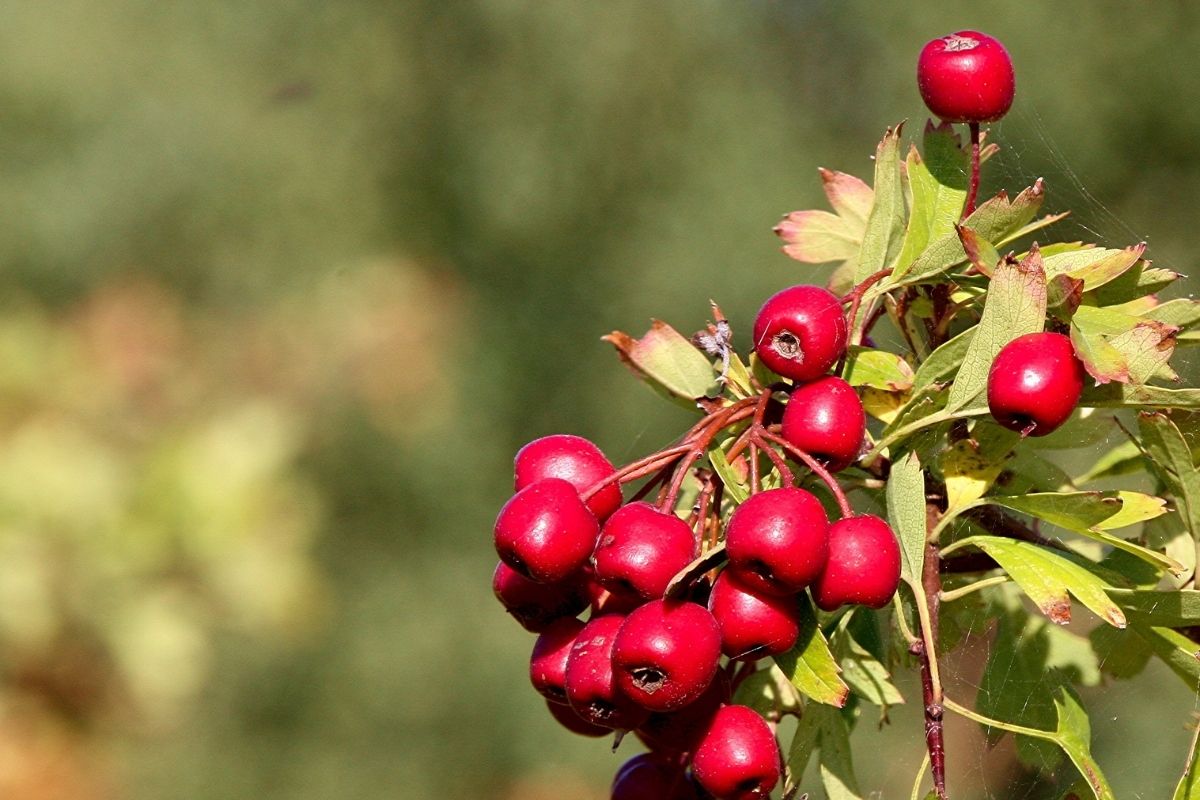
We’re almost at the end of our list but there are still a couple more ‘E’ fruits that we haven’t gone over yet!
This fruit is native to a variety of regions, including Europe, Asia, North America, and North Africa. Basically, anywhere North of the equator!
In the UK and US, the fruit is commonly used to make jellies and jams to accompany other foods in dishes.
They’re said to have a similar flavor to a common apple, though they have a vastly different texture and are much smaller in size.
14. Elephant Apple

The final fruit on our list is known as the elephant apple. Now, this doesn’t mean these apples are the size of elephants but they are often used as a tasty treat for the four-legged giants.
These apples are most often found growing in China and tropical regions of Asia.
Whilst the sour pulp of the fruit is often used to make jams and jellies, the branches of the fruit’s trees are also commonly used to provide firewood.
Whilst this isn’t the tastiest fruit for human consumption, it certainly is a useful plant for keeping you warm and your elephant well-fed!
Final Thoughts
That concludes our list of pretty much every ‘E’ fruit there is in the world.
There are probably a few niche varieties and species of fruit that we didn’t have time to go over but we’re pretty sure we got all the main ones covered.
Feel free to check out the other lists in our fruity alphabet series to learn more about some lesser-known plants.
We hope you learned something from this article, here are other articles that you can learn from:
14 Fruits With Seeds (Including Pictures)
Pumpkins: Growth Time and Stages of Development From Seeds To Fruits







